As Paralympics get underway in Tokyo, here are five U.S. Paralympians to watch
It's the Paralympics' turn to take the stage in Tokyo.
As with the Olympics, the Paralympics were postponed a year as a result of the COVID-19 pandemic.
There will be some fans, with Japan allowing some students to watch the Paralympians compete. This year, more than 4,000 athletes representing at least 134 nations will pursue medals across 540 events from Aug. 24 to Sept. 5.
From world records to dreams come true, 240 athletes will represent the U.S. in Tokyo. The 2021 U.S. roster features 129 returning Paralympians, 105 athletes making their Paralympic debut and the delegation holds a combined 233 medals from 51 Paralympic champions.
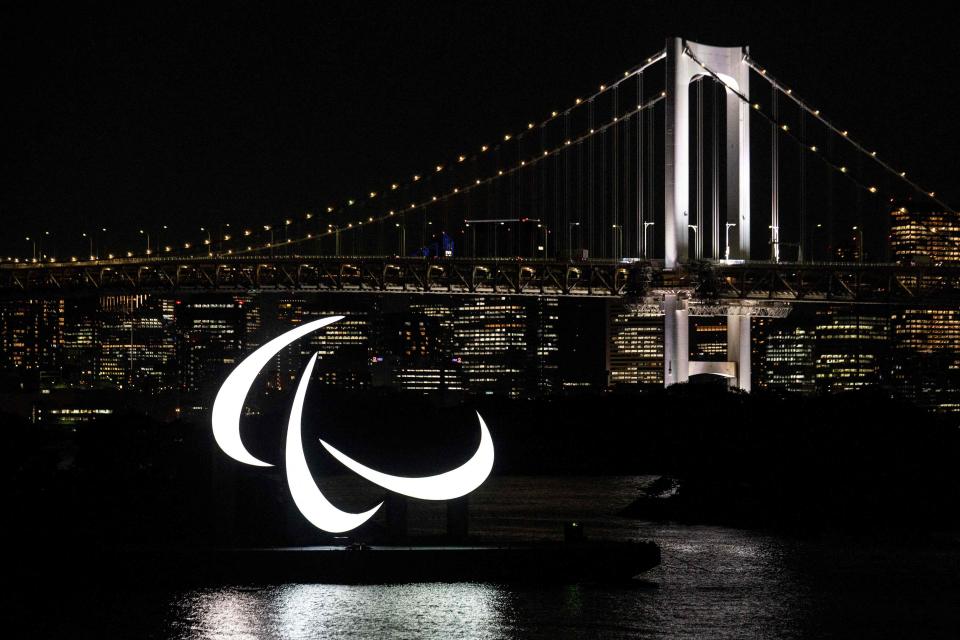
Here are five athletes to watch in Tokyo:
Will Groulx, road cycling
He served in the U.S. Navy from 1995-2001 before a motorcycle accident left him paralyzed from the chest down. Groulx is a five-time Paralympian, having appeared in each competition since 2004.
He discovered wheelchair rugby seven months after his accident and competed on that team for his first three Paralympics. He captained the 2012 London team.
Groulx then switched to road cycling for the 2016 Rio Games and won three medals.
Over the course of his Paralympic career, Groulx has won two gold, two silver and two bronze. In 2009, he was nominated for an ESPY in the Best Male Athlete with a Disability category.
Road cycling will begin on Aug. 31.
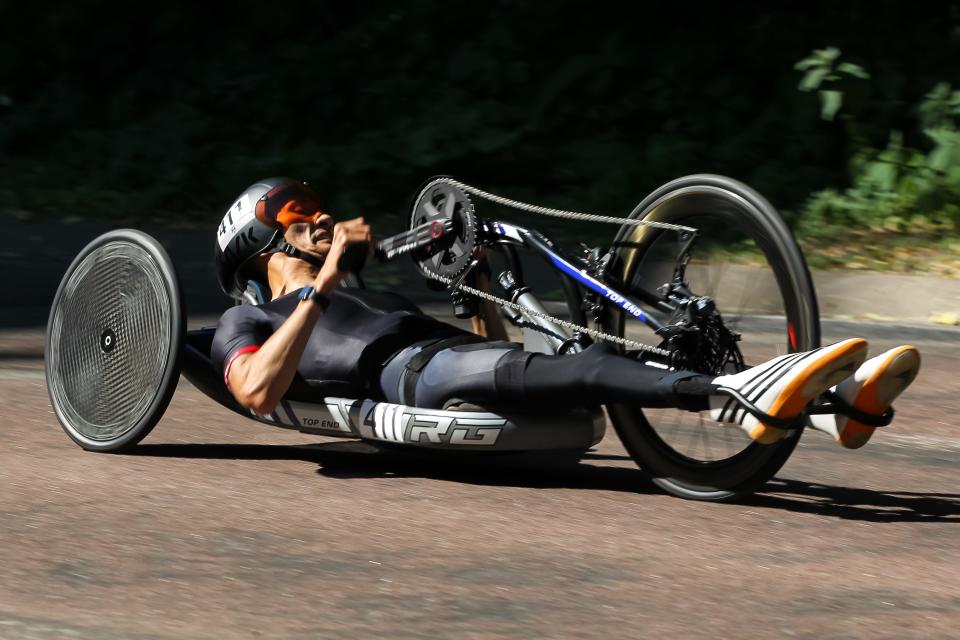
Anastasia Pagonis, swimming
Fully sighted until she was 9, Pagonis began experiencing slight changes in her vision. Two years later, she began losing her eyesight to Stargardt disease.
She was told to transition away from soccer to a "less contact" sport by a doctor who suggested swimming as an alternative. But further loss of vision led Pagonis to nearly abandon swimming.
With the support of family, she got back in the pool. Now, the 17-year-old will make her Paralympic debut and compete in the 100-meter freestyle and the 400-meter freestyle. She enters Tokyo with five American records and two gold medals from the 2020 World Para Swimming World Series.
Swimming begins on Aug. 25.
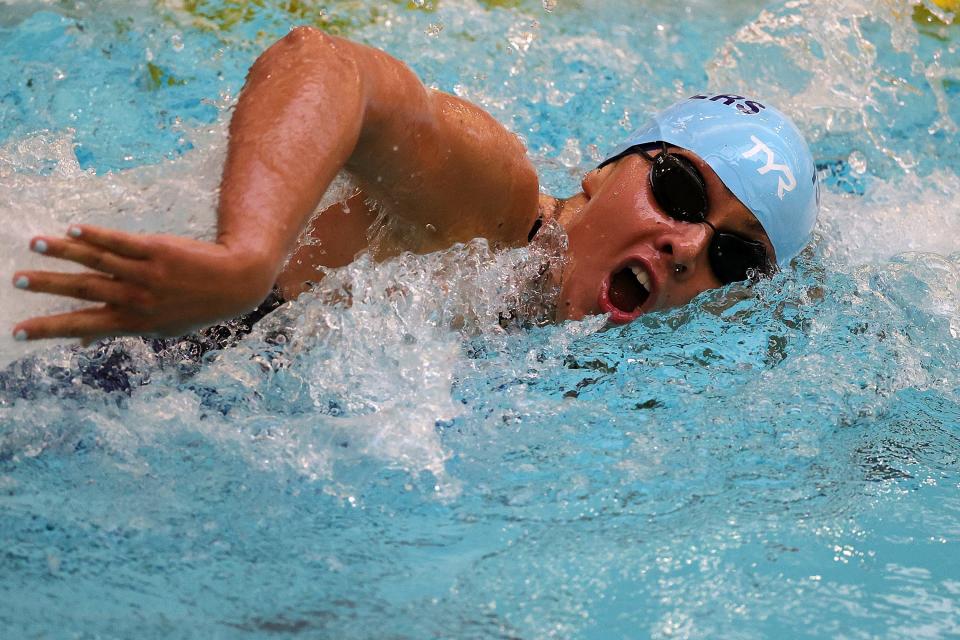
Jessica Long, swimming
The 13-time Paralympic champion is appearing in her fifth Paralympics after bringing home a gold and five other medals in Rio in 2016.
Long's legs were amputated below the knees when she was 18 months old because she was born with fibular hemimelia and didn’t have fibulas, ankles, heels and most of the other bones in her feet.
She was 12 years old when she competed in her first international swimming competition, the 2004 Athens Paralympics. Overall, the 29-year-old has accumulated 23 medals.
This year, she'll compete in the 50-meter freestyle, 100-meter freestyle, 400-meter freestyle, 100-meter backstroke, 100-meter breaststroke, 100-meter butterfly and 200-meter individual medley under the S8, SB7 and SM8 classifications.
David Brown, track and field
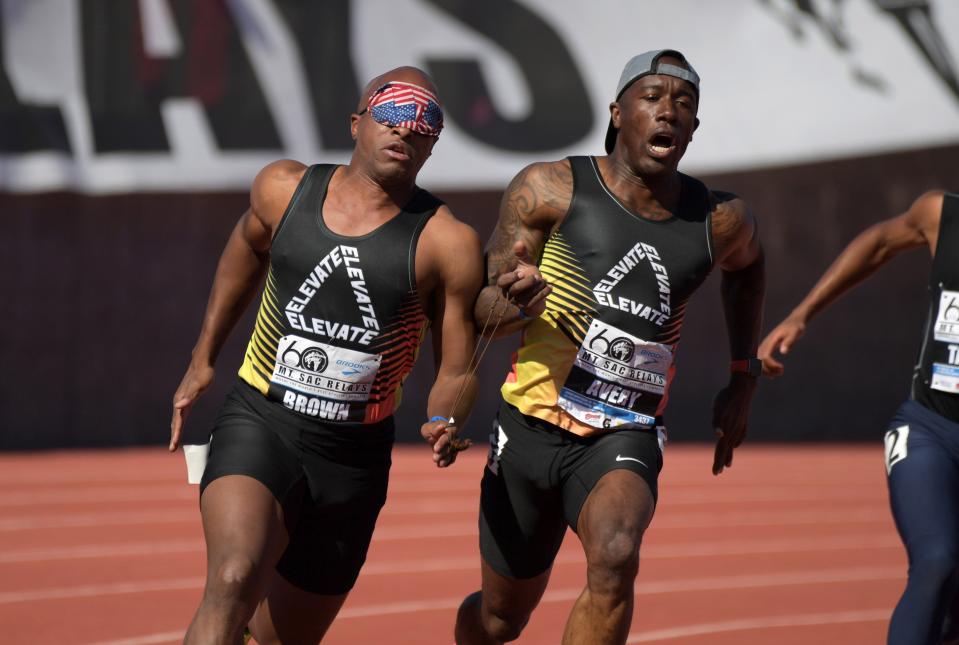
He's known as the "fastest blind man in the world," and Brown hopes to retain that title in the Tokyo Paralympics. He earned the nickname after he became the first totally blind athlete to run under 11 seconds when he ran a 10.92 in 2014.
Brown was diagnosed with Kawasaki disease at 15 months old, resulting in glaucoma. He would lose his sight by the time he was 13 years old. Brown was inspired to become a Paralympian when he won an essay contest to attend the 2008 Beijing Paralympics.
A three-time gold Paralympian, Brown won gold in the 100-meter (T11) in Rio 2016. He has won five medals, two gold and three silver, at the world championships.
Track and field begins on Aug. 27.
Steve Serio, wheelchair basketball
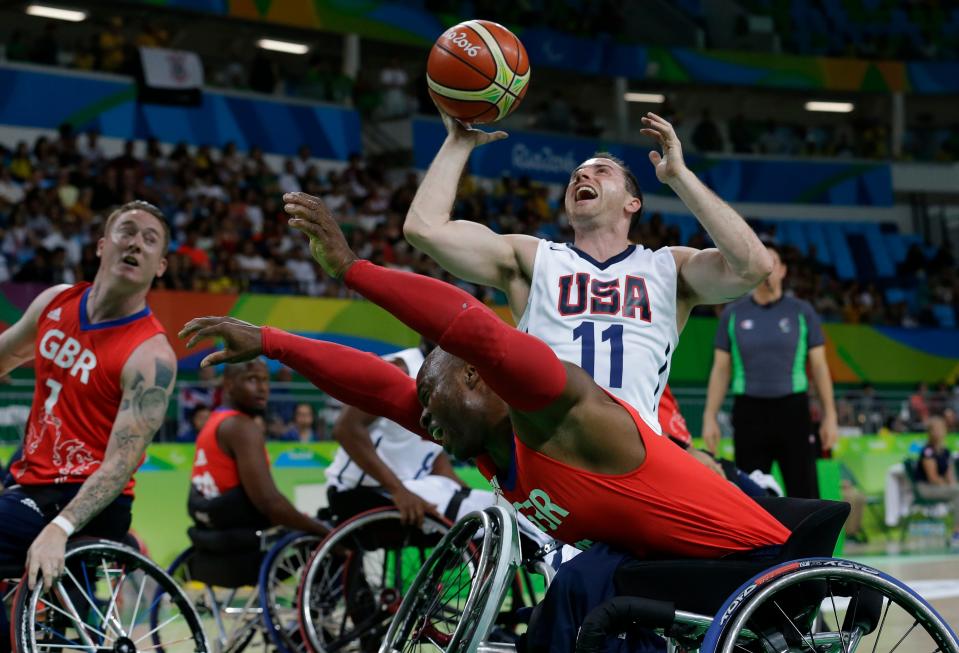
When he was 11 months old, Serio had surgery on his spinal cord to remove a tumor, and the operation left him partially paralyzed.
The three-time Paralympian began playing wheelchair basketball when he was 14 years old. He would eventually lead his high school team to a championship and starred during his career at the University of Illinois at Urbana-Champaign where he won a national championship and earned several honors.
Serio began playing for the national team when he was 17 and has won gold in Rio and bronze in London. He also has won four medals, (three silver, one bronze) in the world championships.
In 2017, Serio was the first wheelchair basketball player to win the ESPY Award for "Best Male Athlete with a Disability."
Wheelchair basketball begins on Aug. 25.
This article originally appeared on USA TODAY: Paralympics 2021: Five United States athletes to watch in Tokyo

